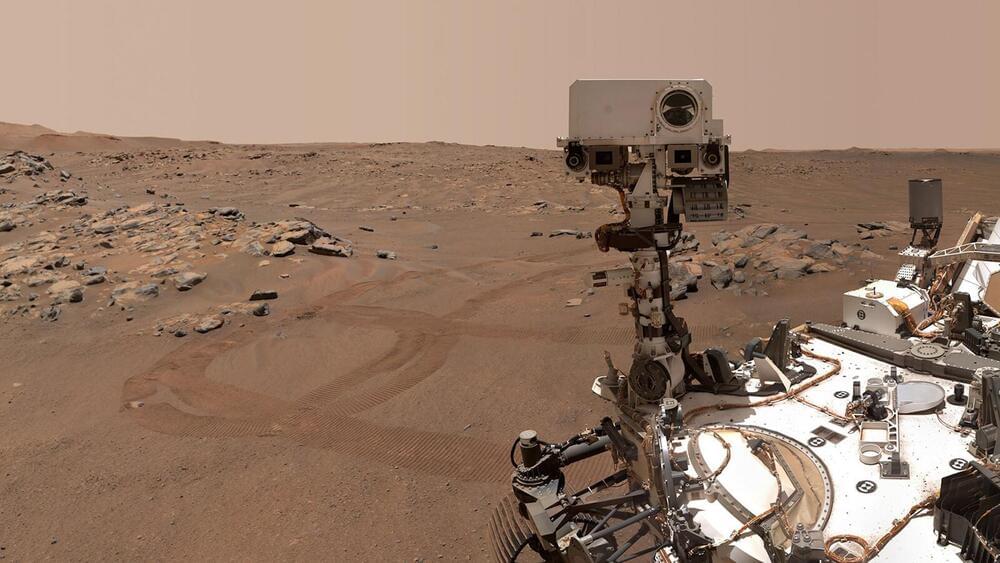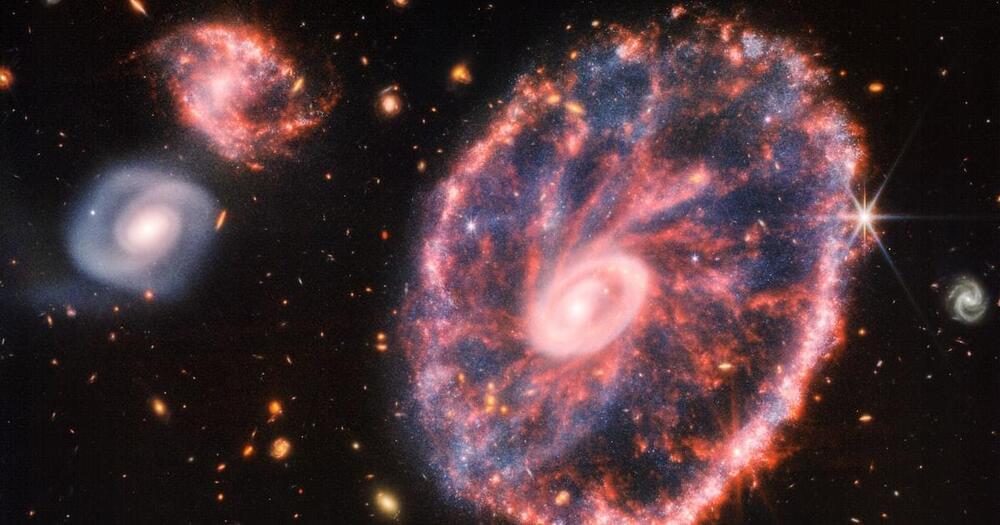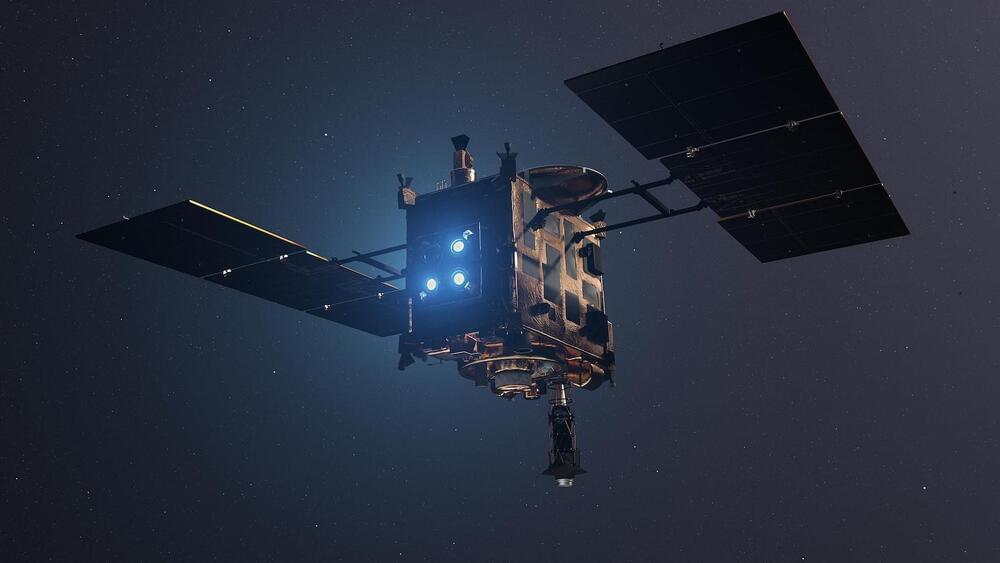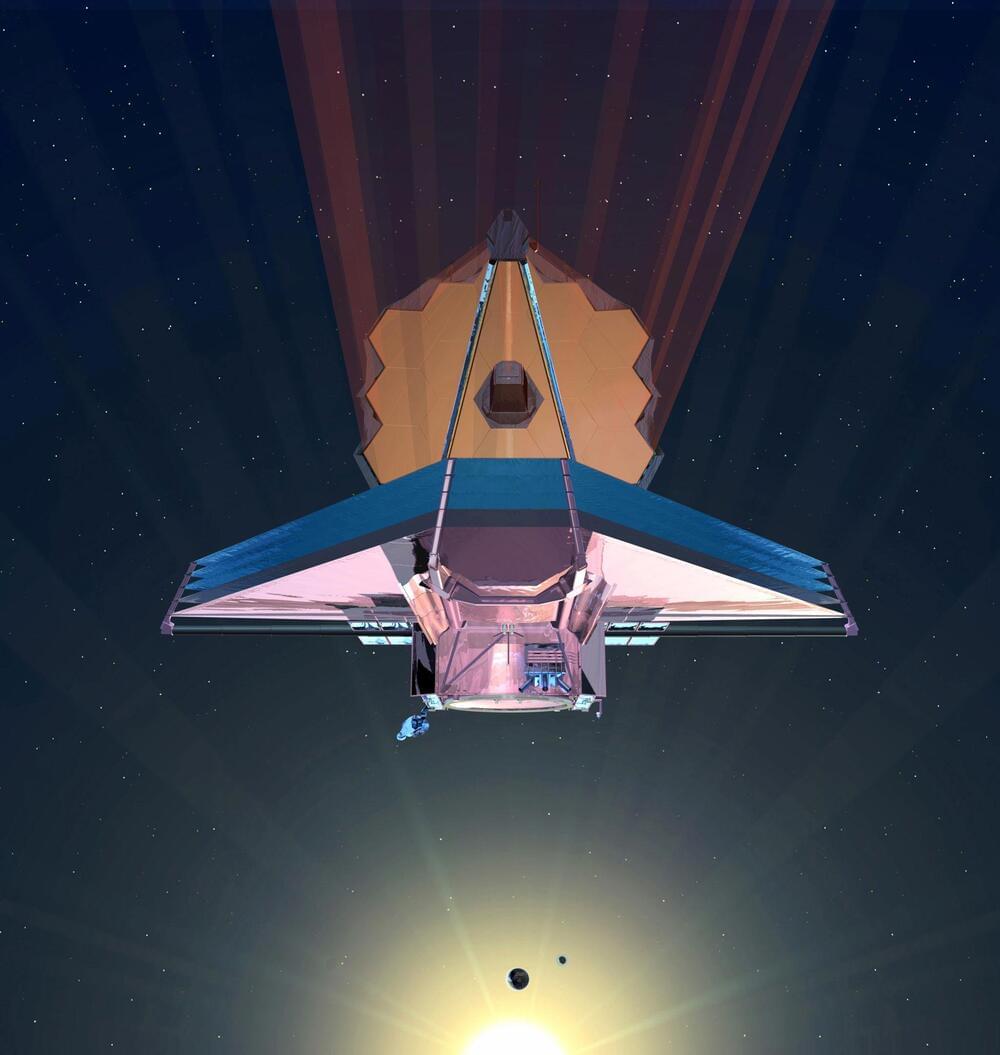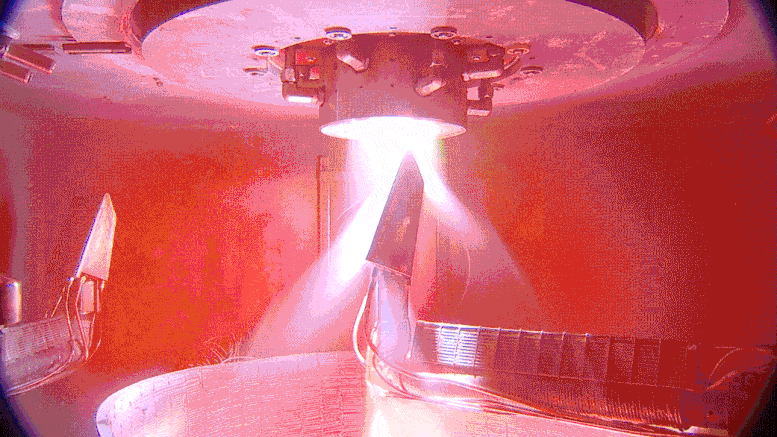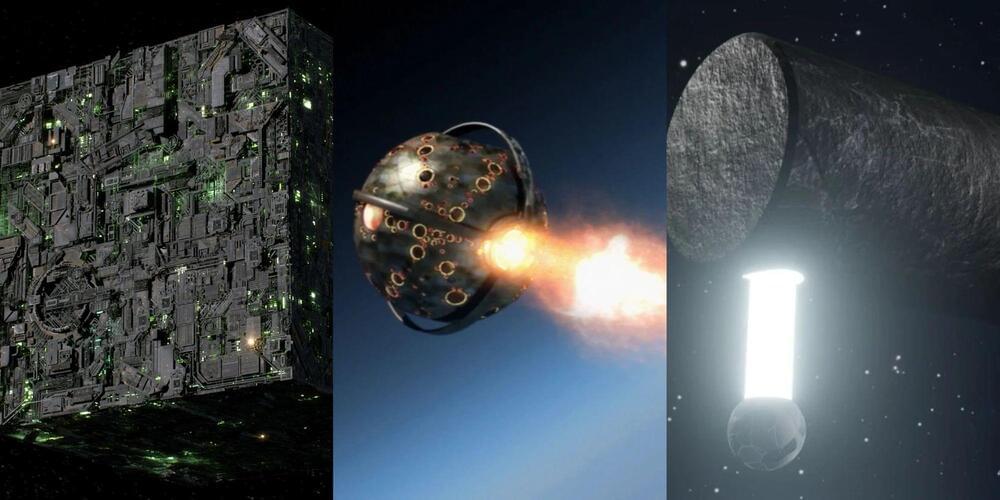Dust devils have played crucial roles in Mars rover missions.
Scientists analyzed the sound recordings of a Martian dust devil traveling across Mars’ ancient lakebed, the Jezero crater, for the first time. The researchers carried out an analysis of multi-sensor data that suggested the dust devil was more than 118 meters (387 feet) tall. As per a press statement, the findings may improve our understanding of surface changes, dust storms, and climate variability on Mars, which may have implications for space exploration.
NASA/JPL-Caltech/MSSS
The researchers carried out an analysis of multi-sensor data that suggested the dust devil was more than 118 meters (387 feet) tall. As per a press statement, the findings may improve our understanding of surface changes, dust storms, and climate variability on Mars, which may have implications for space exploration.
